A hoax is more than just a simple lie; it’s a carefully crafted deception, often humorous, designed for personal amusement rather than financial gain. While some deceive for money or power, hoaxers do it for the sheer joy of the prank. Discover ten of the most elaborate and entertaining hoaxes ever pulled!
Martin Marty and Franz Bibfeldt

Franz Bibfeldt, supposedly a German theologian, was cited in numerous academic papers for his extensive writings on the Year Zero. The catch? Bibfeldt never existed! Robert Clausen, facing a deadline, invented Bibfeldt for a college essay, and his roommate, Martin Marty, ran with it. They cited him everywhere, even ordering his (non-existent) books at the university bookstore. Eventually, theologians worldwide embraced Bibfeldt, particularly at the University of Chicago, where Martin Marty taught for 35 years.
The Dreadnought Hoax
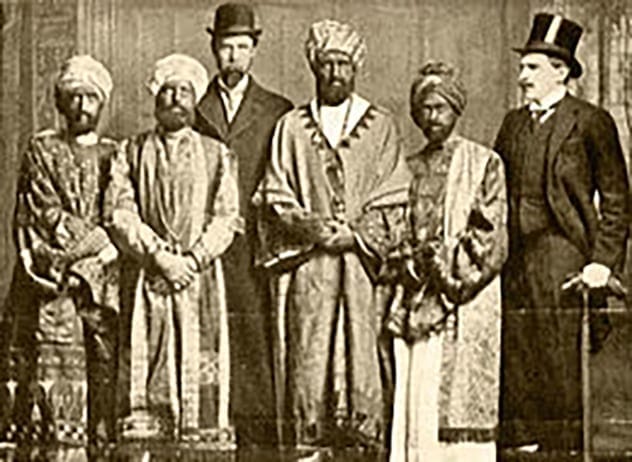
In 1910, Virginia Woolf and her literary friends, part of the Bloomsbury group, disguised themselves as the Abyssinian royal family. They even learned some Swahili, though it wasn’t the language of Abyssinia (now Ethiopia). Despite their obvious makeup and a beard that kept falling off, they received a VIP tour of a British battleship. The Royal Navy, initially furious, decided to quietly drop the matter to avoid further embarrassment. The group’s memo, misspelling Abyssinia, should have been a giveaway.
The Banana Skin Hoax
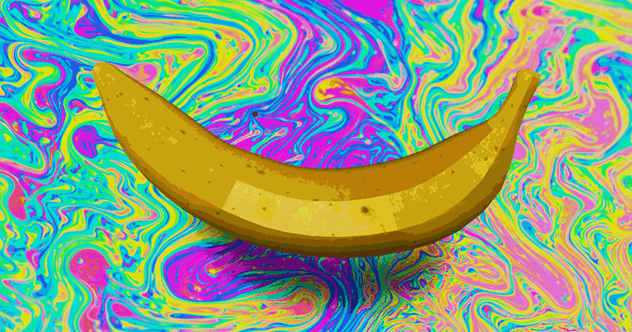
The 1960s: an era of peace, love, and… banana-induced hallucinations? A rumor spread that bananas contained LSD-like chemicals. Donovan’s song, “Mellow Yellow,” was misinterpreted as a reference to the hallucinogenic properties of the ‘electrical banana.’ A recipe for extracting these chemicals appeared in the counterculture magazine Berkeley Barb in 1967. The New York Times and The Wall Street Journal reported the story, despite the fact that no one ever got high. The myth persists to this day.
The Maggie Murphy Potato Hoax
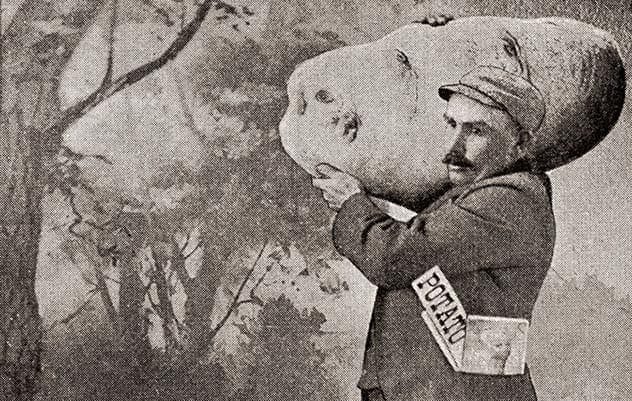
Joseph B. Swan, a farmer from Colorado with a knack for practical jokes, claimed to have grown 26,000 pounds of potatoes on a single acre, including an 86-pound behemoth. The potato-growing community demanded proof. Swan and a reporter friend provided a photo of Swan with the massive potato, which went viral. Experts soon revealed it was a carved piece of wood. Despite the exposure, Swan received countless requests for his “special” potato seeds. Eventually, he claimed the giant potato was stolen and retired from the spud business.
The Erotic Novel Hoax
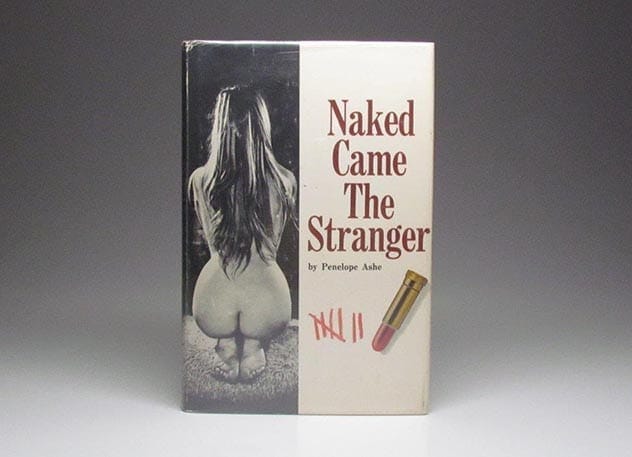
Can anything be published as long as it has sex? A group of 24 journalists from Newsday, led by Mike McGrady, wrote ‘Naked Came the Stranger’ to prove it. They deliberately wrote it badly, with cliché characters, terrible dialogue, and a ludicrous plot, but with plenty of gratuitous sex. A publisher picked it up, reputable newspapers reviewed it, and it became a bestseller! When McGrady and his colleagues revealed the hoax, sales soared even higher. The book spent 13 weeks on The New York Times Bestseller List, proving that sometimes, people just like mucky books.
The Plainfield Teacher’s College Football Team

In 1941, Morris Newburger and his friends fabricated the Plainfield Teacher’s College Football Team. They called New York newspapers with imaginary scores, and the Herald Tribune printed the results! The team gained traction, playing “games” in two states. Newburger installed a phone line for the team, gave them school colors (mauve and purple), and invented a star player named Johnny Chung. They even composed a team song! Time magazine exposed the hoax, and Newburger sent a final press release announcing the team’s disbandment due to failing grades.
The Chess Playing Automaton

The Mechanical Turk, created in the 18th century by Baron Wolfgang von Kempelen, was billed as a machine capable of beating the strongest chess players. Impressive for its time, but wholly inauthentic. A human chess player hid in an elaborate compartment behind the machinery. The machine’s interior was designed to appear see-through, concealing a secret space where a master chess player would sit, often unnerving opponents. The Turk astounded audiences for nearly a century before being destroyed in a fire.
The Dictionary Hoax

Lexicographer Rupert Hughes, compiler of the Music-Lovers Encyclopedia, inserted a fake entry: ZZXJOANW, pronounced ‘Shaw,’ defined as a Maori word meaning ‘Drum’ or ‘Fife.’ The entry remained for 70 years before anyone realized Maori has no Z or X, words always end in a vowel, and Maoris don’t use drums! Theories about the entry abound, from a personal message to Joan Shaw to a simple prank that persisted for decades.
The Science Fair Hoax

Nathan Zohner’s science fair project investigated the dangerous chemical compound dihydrogen monoxide (DHMO). He presented a report detailing the dangers of DHMO: it can cause excessive urination, bloating, and death; it’s a major component of acid rain and causes metal corrosion. Based on this information, Zohner’s classmates voted to ban DHMO. DHMO is, of course, water. Zohner’s project, titled “How Gullible Are We?”, demonstrated the lack of critical thinking when addressing scientific claims, earning him first prize.
Johann Beringer’s Lying Stones
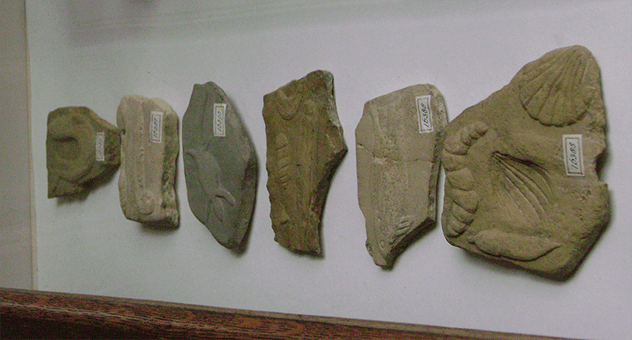
Dr. Johann Berringer, known for his pomposity, was Dean of the Faculty of Medicine at the University of Würzburg in 1725. Two colleagues decided to prank him by planting stones with recognizable images, known as ‘lapides figurati.’ Over 2000 stones were ‘discovered’ in six months. Berringer wrote a book about his finds, including stones shaped like insects, animals, and even Hebrew text spelling ‘Jehovah.’ He published Lithographiae Wirceburgensis in 1726, failing to realize the stones were fake. His colleagues tried to dissuade him, pointing out chisel marks, but Berringer insisted God carved them. The resulting scandal ruined the careers of all three men.
Conclusion
From fabricated theologians to elaborate scientific deceptions, these hoaxes highlight the creativity and audacity of those who perpetrate them. While some are harmless pranks, others expose deeper truths about our willingness to believe the unbelievable. Each hoax, whether short-lived or long-running, offers a glimpse into the human capacity for both deception and amusement.
Which of these hoaxes surprised you the most? Leave your comment below!










